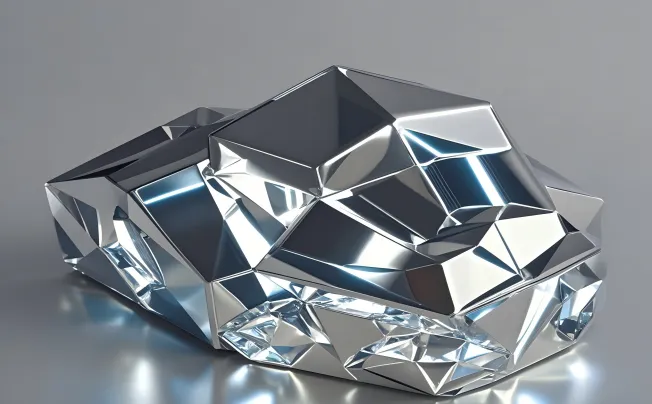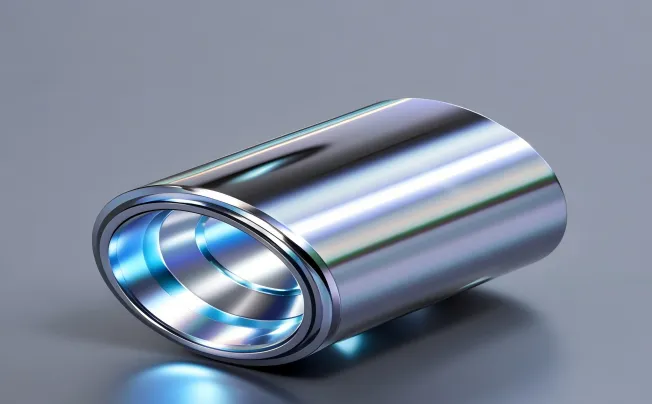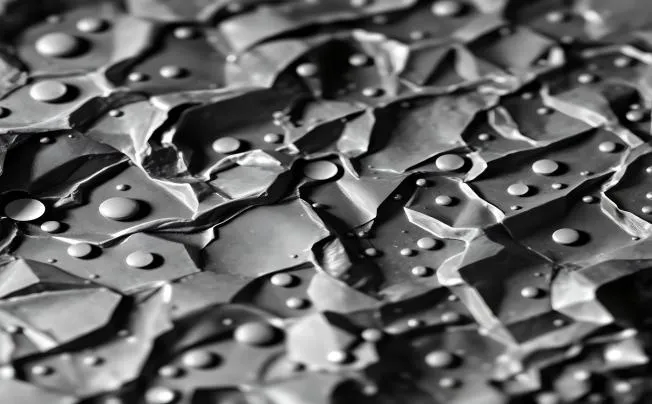
Silicon, a chemical element with the atomic number 14 and symbol Si, is a versatile and abundant metalloid that plays a vital role in numerous industries. Its unique properties mak…
Learn more
The world of materials science is a realm of endless possibilities, where innovation and experimentation often lead to remarkable breakthroughs. The question arises in this pursuit…
Learn more
Silicone is a synthetic polymer made up of silicon, oxygen, carbon, and hydrogen atoms. Known for its flexibility, heat resistance, and non-stick properties, silicone has become an…
Learn more
Silicone aluminum is a composite material that combines the properties of silicon and aluminum. Silicon, a chemical element with atomic number 14, is a crucial component in various…
Learn more
Silicone, a remarkable and versatile material, has become an indispensable component in numerous industries due to its exceptional properties. This synthetic polymer, composed of s…
Learn more
Silicon, often regarded as the unsung hero of modern industry, is a versatile and indispensable chemical element that plays a crucial role in various sectors, from technology to co…
Learn more
Silicon metal, a versatile chemical element with atomic number 14 and symbol Si, holds a significant place in the realm of industrial applications due to its remarkable properties.
Learn more
Silicon metal, a versatile chemical element with atomic number 14 and symbol Si, holds a significant place in the realm of industrial applications due to its remarkable properties.
Learn more
Silicon, a versatile and abundant element, holds a pivotal role in numerous industries due to its unique properties. With atomic number 14 and the symbol Si on the periodic table, …
Learn more
Silicon's atomic number 14 is a fascinating element that blurs the line between metals and non-metals. Often classified as a metalloid, silicon displays properties of both categori…
Learn more